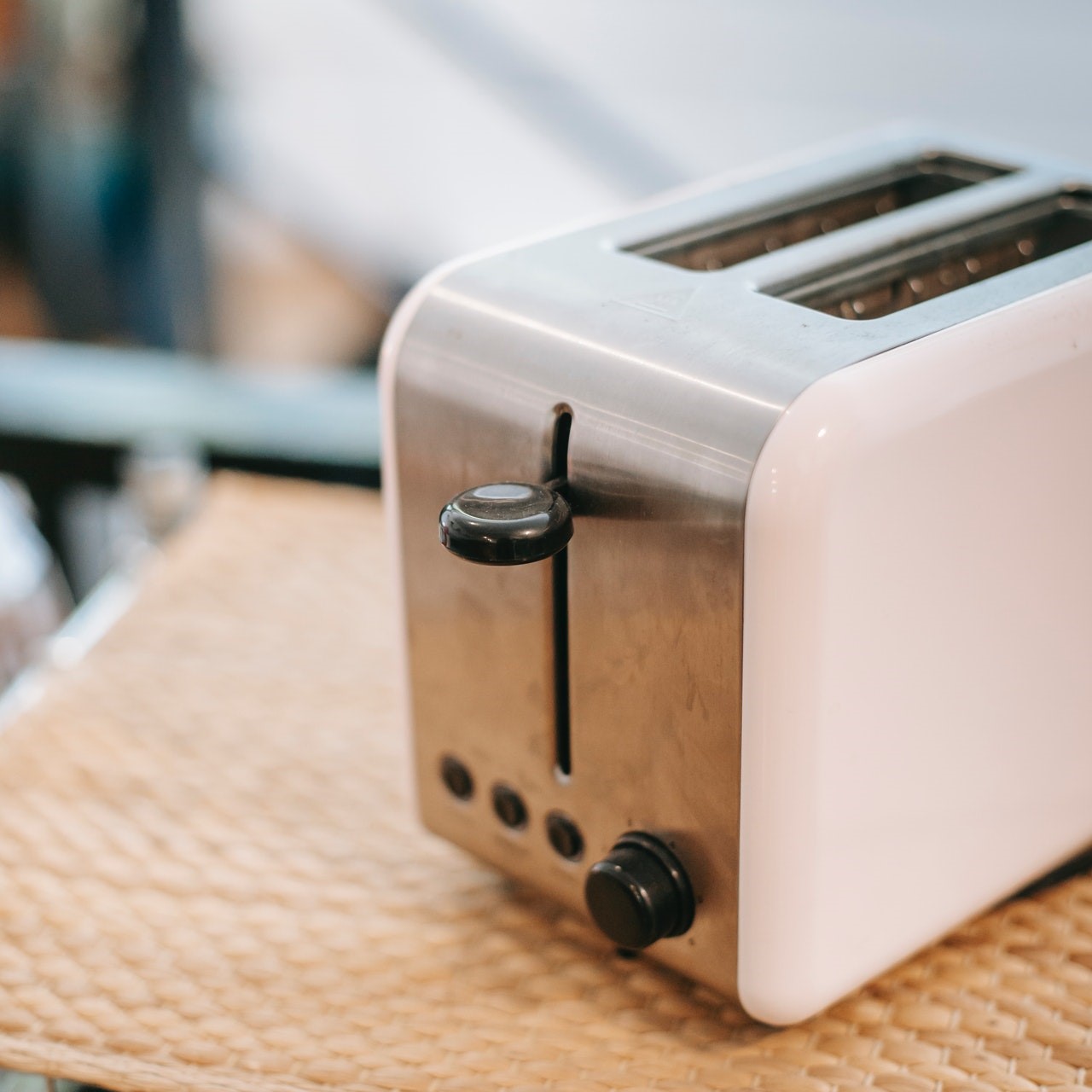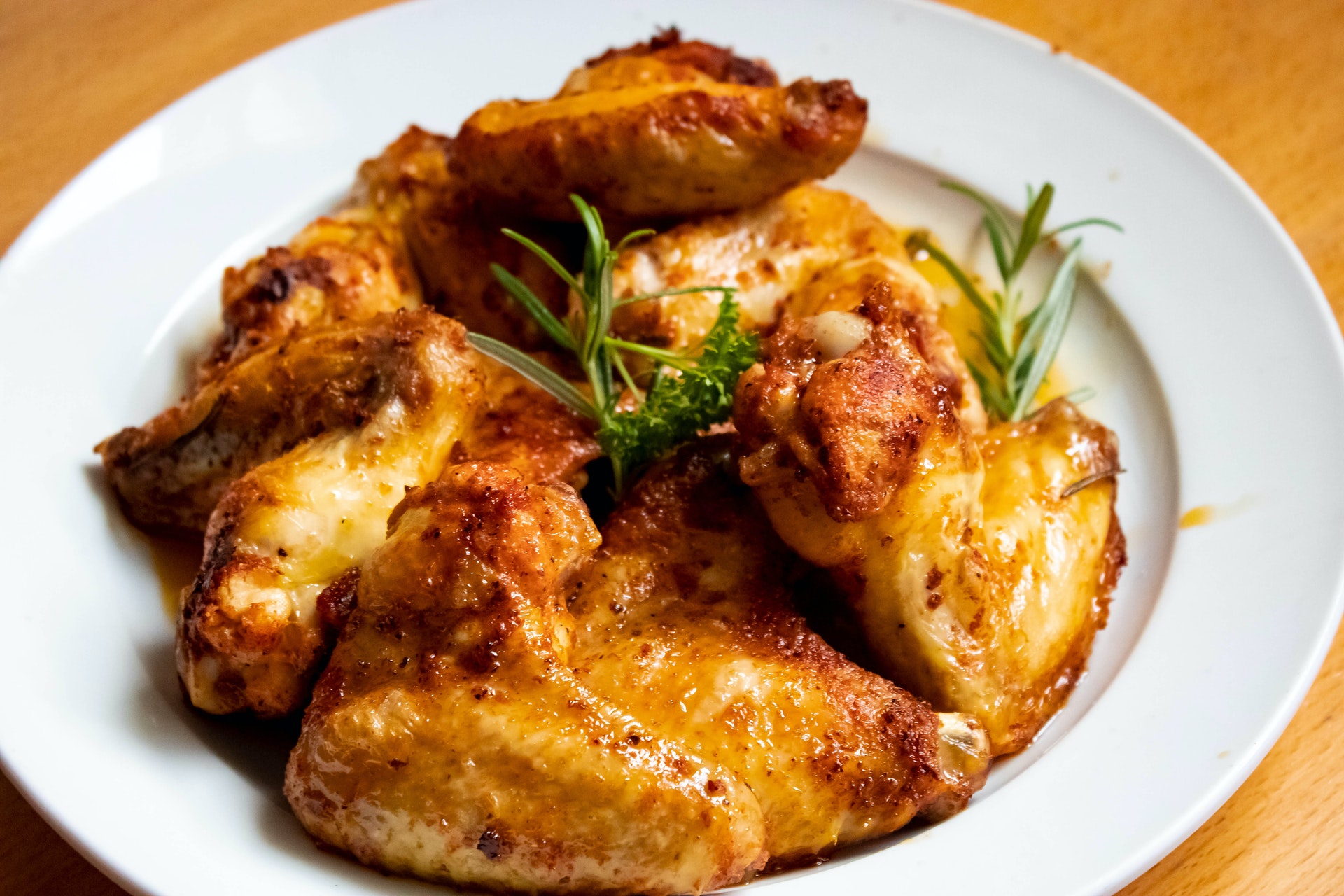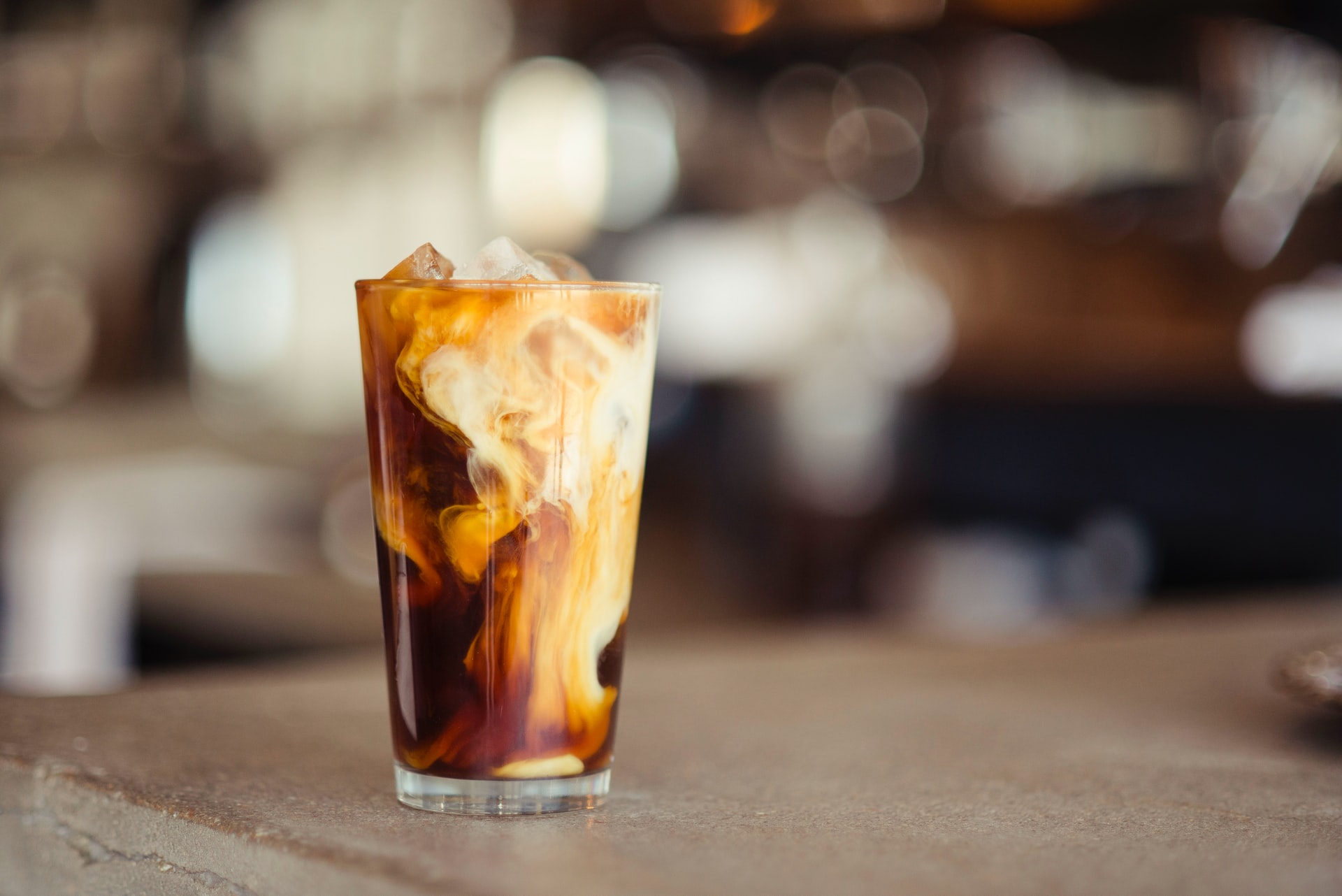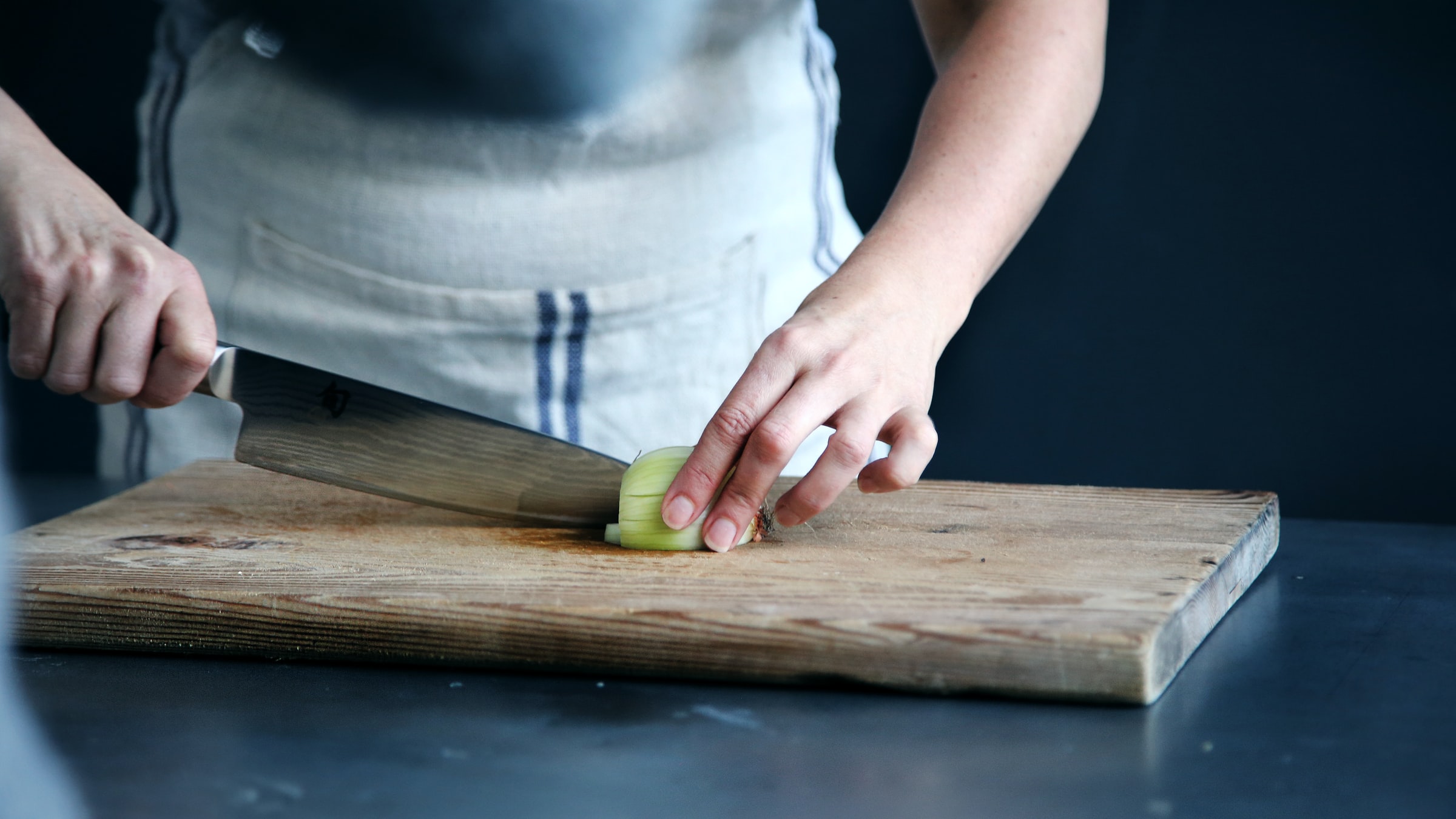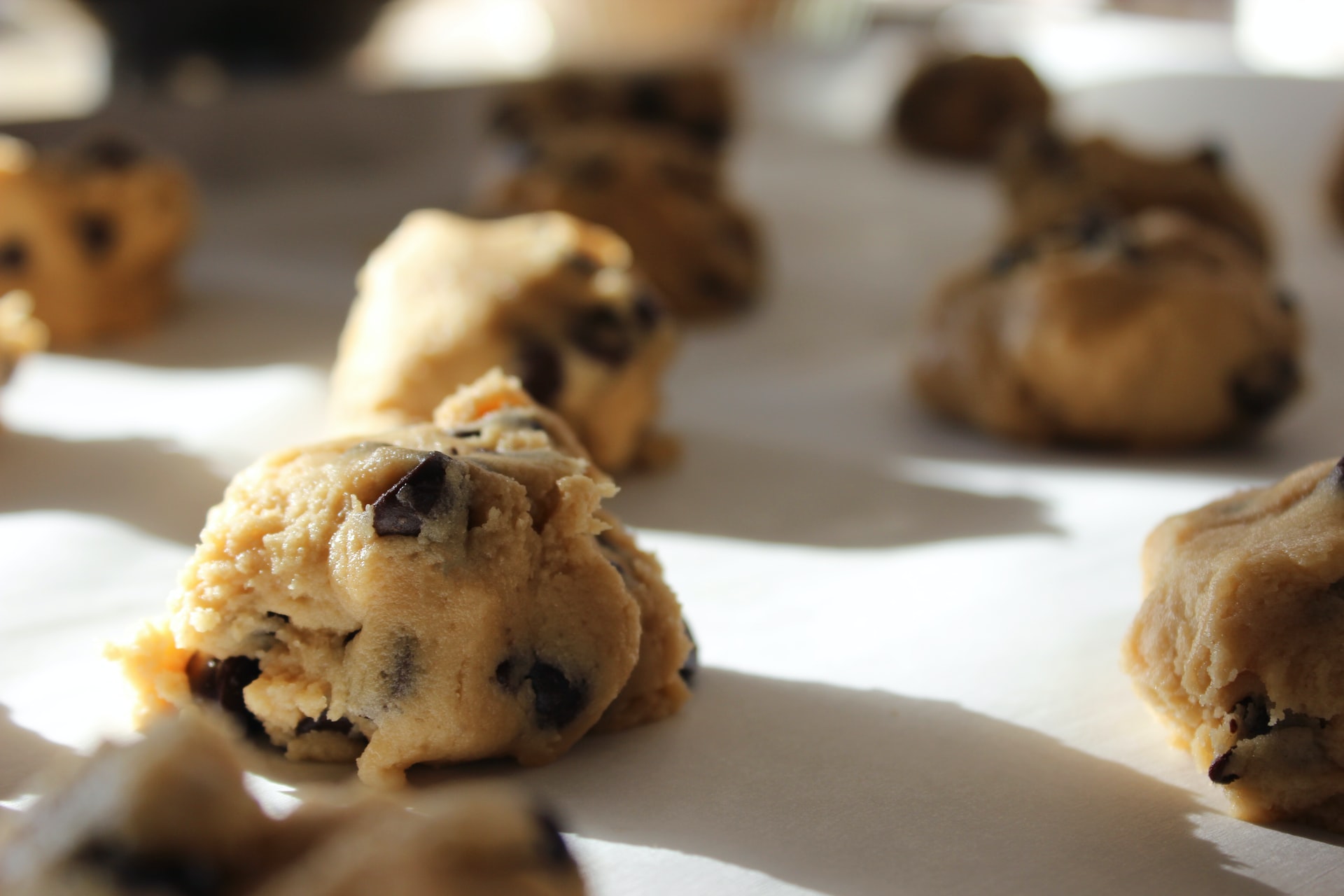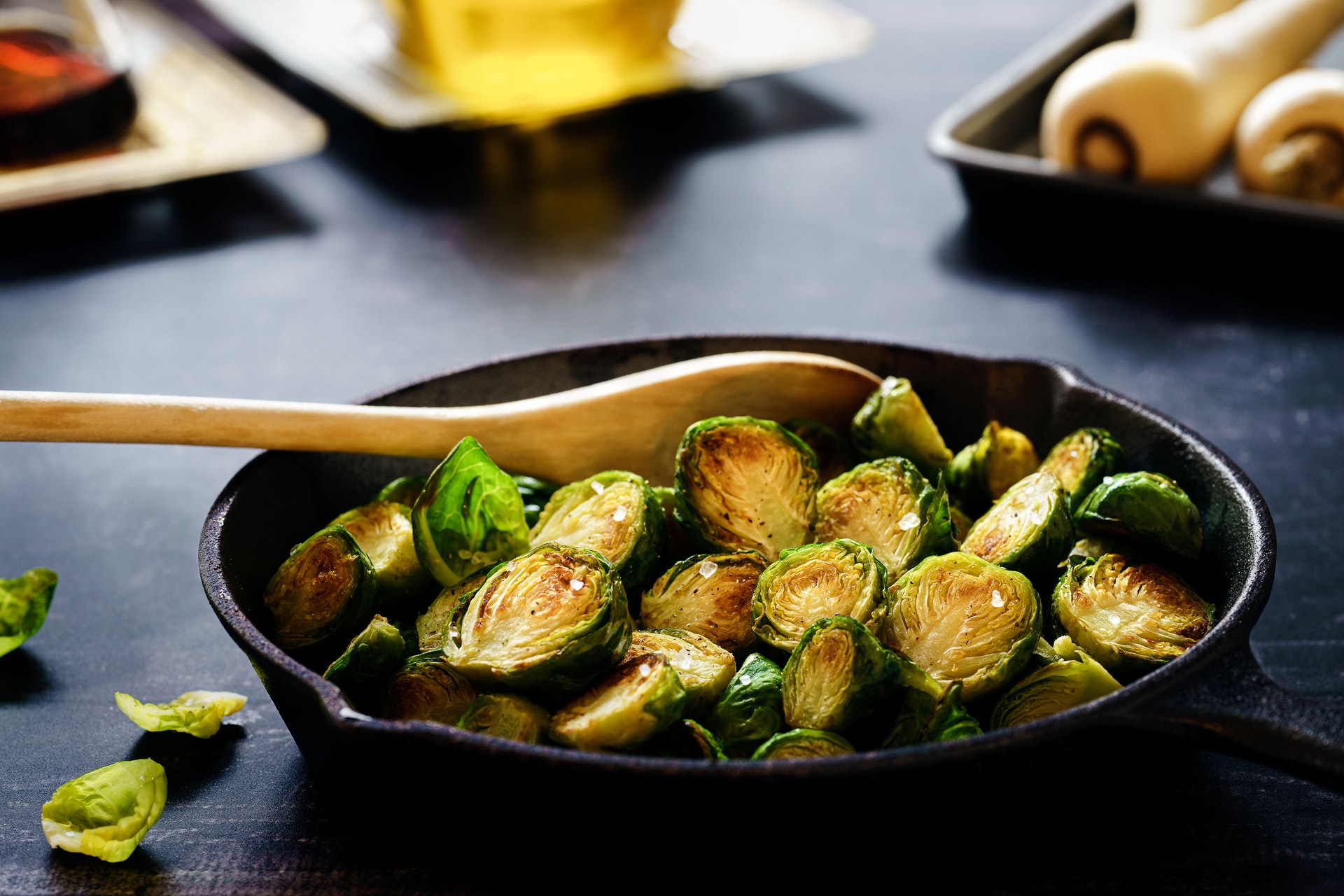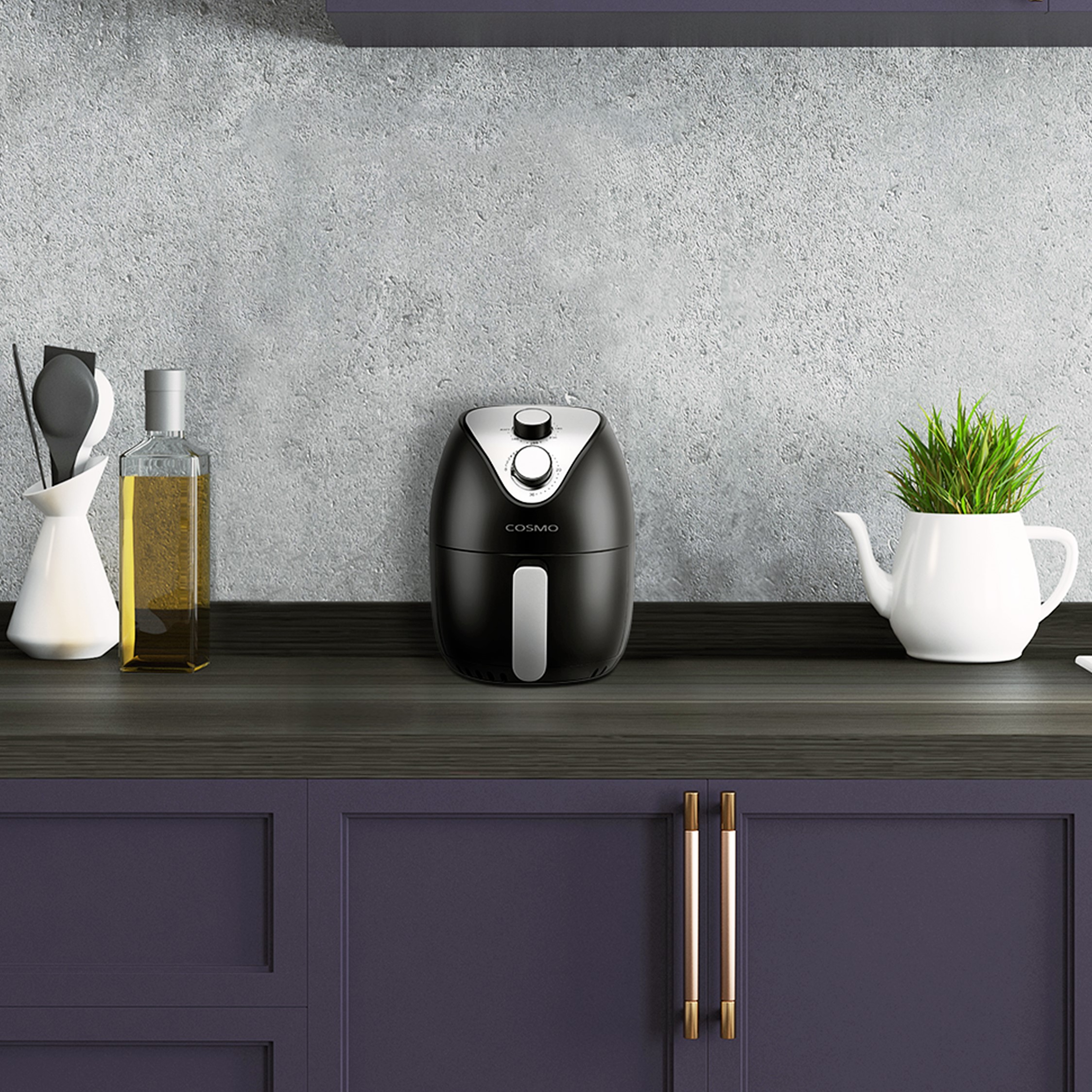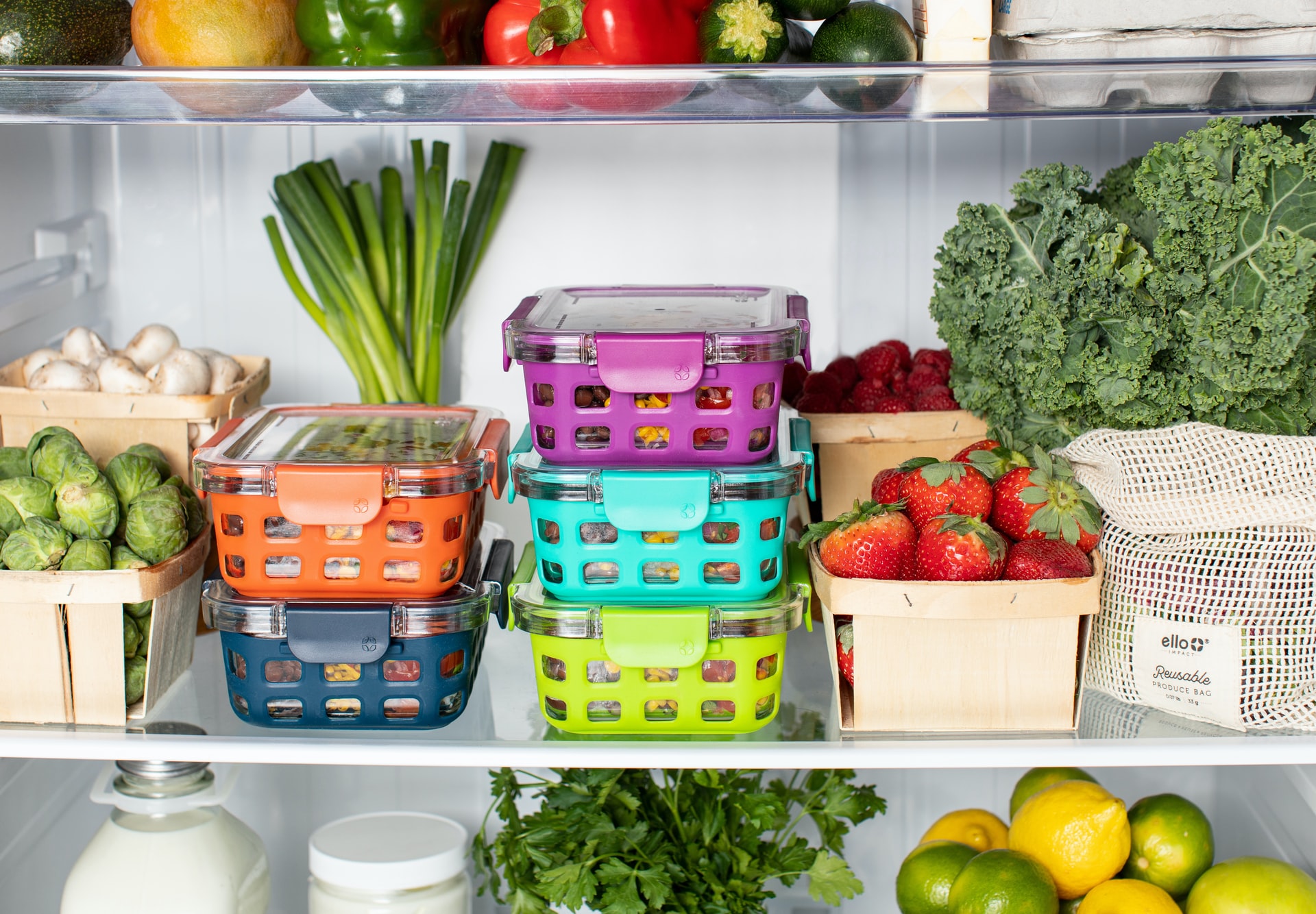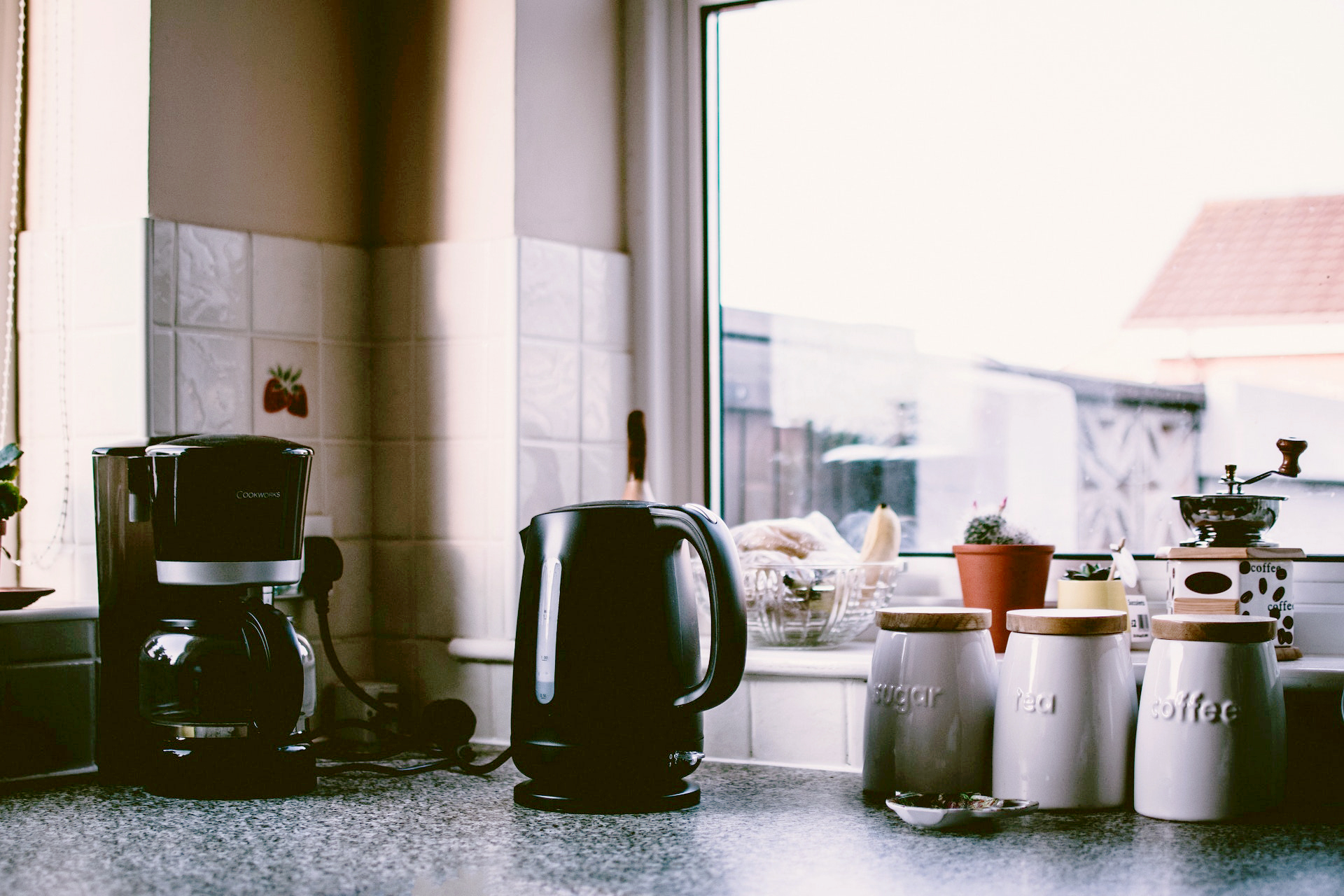How to Clean a Toaster
Often the perfect appliance for a quick breakfast snack, the toaster is no exception to collecting dirt and food bits over time. Maintaining your toaster will ensure tasty and safer toast. Cleaning a toaster weekly is your best bet to remove crumbs and any leftover residue that can cause a burnt taste or even a fire. If you’re placing other foods into the toaster you may need to clean it after every use. Here’s how. What You’ll Need: Pastry brush Sponge Microfiber cloth Dishwashing liquid with a degreaser Melamine sponge Start by unplugging your toaster. Move it over a trash can or sink and use a pastry brush to remove crumbs. Turn it upside down and shake out the crumbs from the slots. In a sink or dishpan, mix a solution of warm water and dishwashing liquid. If your toaster has a removable crumb tray, remove and submerge it in the soapy water and wash it with a sponge or dishcloth. Rinse and dry with an absorbent cloth. Now that the tray is removed, use a pastry brush to reach any crumbs left inside the toaster. Don’t place your fingers inside the components. Then clean the exterior with a sponge or dishcloth that has been dipped in the soapy water. Make sure it is only damp, wring out the majority of the water before wiping the toaster down. Wipe with another sponge that has only clean water to remove any soapy residue. Dry with a microfiber cloth. Replace the crumb tray and reset dials to your desired settings. Plug in the toaster. Source: the Spruce Are you looking to check out other Cosmo Appliances? Follow our Instagram and Facebook!

